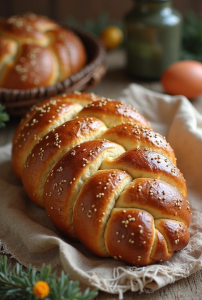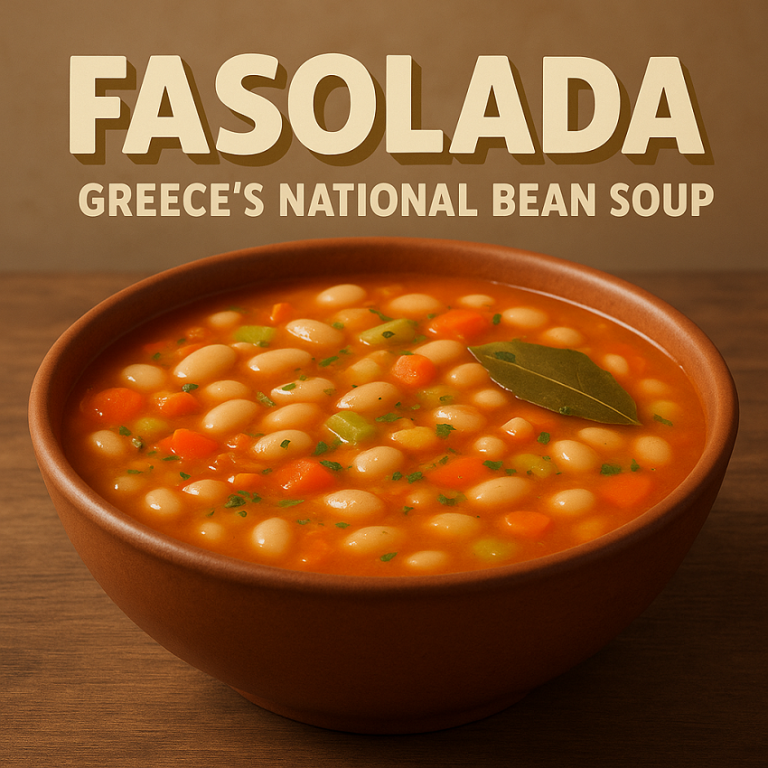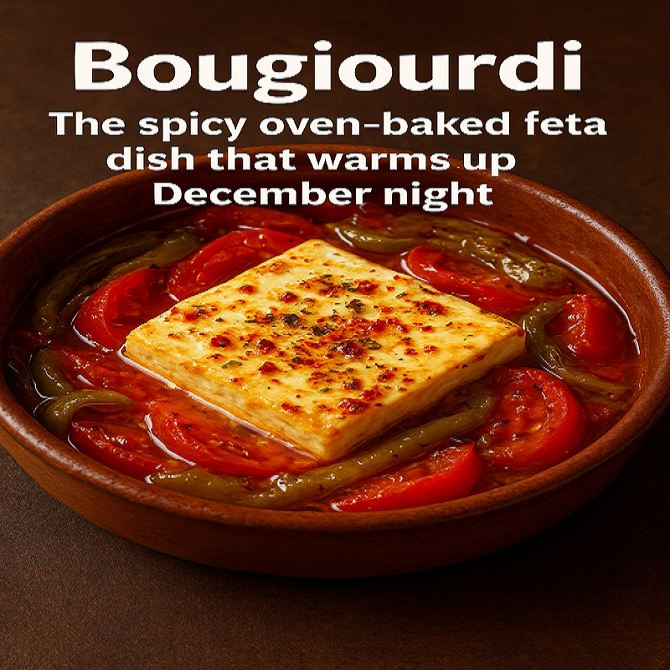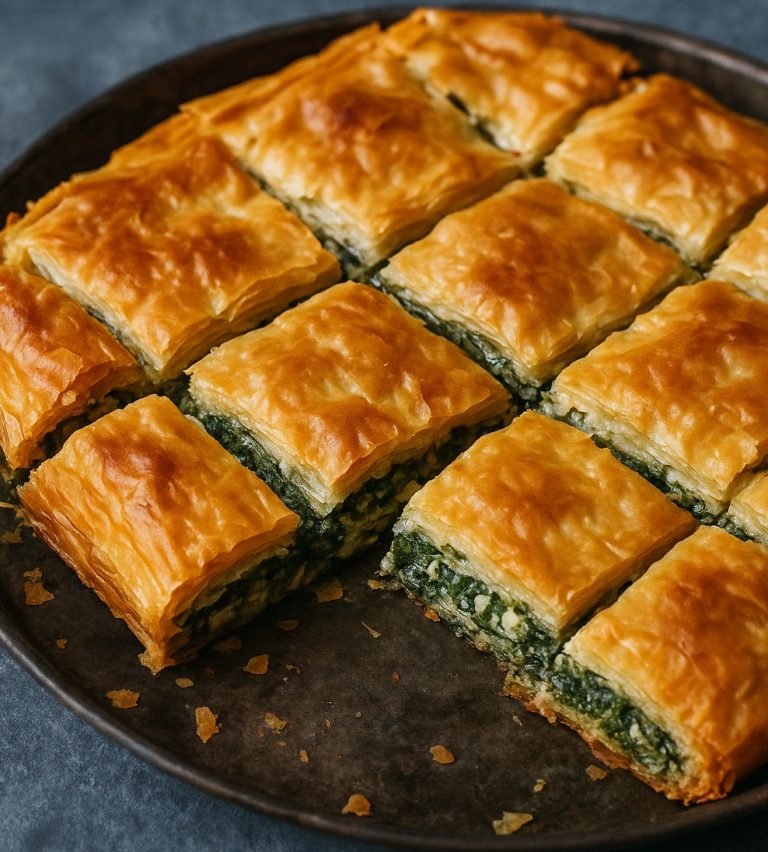
Introduction
Tsoureki is a sweet, aromatic bread that holds a special place in Greek culture, particularly during Easter celebrations. Known for its rich flavor and soft texture, this traditional bread is often enjoyed by families as they gather to celebrate the resurrection of Christ. In this article, we will explore the history, ingredients, preparation, variations, and cultural significance of Tsoureki, shedding light on why this delightful bread is a cherished part of Greek heritage.
History and Origins
The origins of Tsoureki can be traced back to ancient Greece, where bread-making was a fundamental aspect of daily life. Over the centuries, Tsoureki has evolved, influenced by various cultures, particularly during the Byzantine Empire. This era saw the introduction of new ingredients and techniques, which enriched the bread’s flavor and texture.
The name “Tsoureki” is derived from the Turkish word “sürek,” meaning “to stretch,” which reflects the bread’s braided shape. As the Greek population interacted with neighboring cultures, the recipe and preparation methods adapted, leading to the diverse variations we see today.
Ingredients
The basic ingredients for Tsoureki include:
- Flour: All-purpose or bread flour is typically used, providing the necessary structure and softness.
- Sugar: Adds sweetness; the amount can vary based on personal preference. Some recipes use honey for a more traditional touch.
- Yeast: Fresh or active dry yeast is essential for leavening the bread, creating its light and airy texture.
- Milk and Eggs: These enrich the dough, contributing to its flavor and softness.
- Butter: Provides moisture and a rich taste, making the bread tender.
- Flavorings: Common spices include mahleb (ground cherry pit) and mastic (a resin from the mastic tree), which give Tsoureki its distinct aroma. Some recipes incorporate orange or lemon zest for added freshness.
- Red Eggs: Traditionally, a hard-boiled red egg is placed on top of the bread. This symbolizes the blood of Christ and new life, making it an integral part of the Easter celebration.
Preparation
Step-by-Step Recipe
Ingredients List
- 4 cups all-purpose flour
- 1 cup warm milk
- 1/2 cup sugar
- 2 teaspoons active dry yeast
- 3 large eggs
- 1/2 cup unsalted butter, melted
- 1 teaspoon salt
- 1 teaspoon mahleb (optional)
- 1 teaspoon mastic (optional)
- Zest of 1 orange or lemon (optional)
- 1 hard-boiled red egg for decoration
- Egg wash (1 egg beaten with 1 tablespoon milk)
Step 1: Activate the Yeast
In a small bowl, combine the warm milk, 1 tablespoon of sugar, and yeast. Let it sit for about 10 minutes until frothy. This step ensures that the yeast is active and ready to leaven the dough.
Step 2: Mix the Dough
In a large mixing bowl, combine the flour, remaining sugar, salt, and any optional flavorings (mahleb, mastic, zest). Make a well in the center and add the yeast mixture, eggs, and melted butter. Mix until a dough forms.
Step 3: Knead the Dough
Transfer the dough to a floured surface and knead for about 10 minutes until smooth and elastic. This process develops the gluten, which gives the bread its structure.
Step 4: First Rise
Place the dough in a greased bowl, cover with a cloth, and let it rise in a warm place until doubled in size (about 1-2 hours). This is crucial for achieving a light and fluffy texture.
Step 5: Shape the Bread
After the first rise, punch down the dough to release air. Divide it into three equal parts. Roll each part into a long rope and braid them together. Form the braided dough into a circle and place the hard-boiled red egg in the center.
Step 6: Second Rise
Cover the shaped bread and let it rise again for about 30-45 minutes. This second rise enhances the bread’s softness.
Step 7: Bake
Preheat the oven to 350°F (175°C). Brush the top of the bread with the egg wash for a golden finish. Bake for 25-30 minutes or until golden brown and cooked through. The aroma will fill your kitchen, signaling that the Tsoureki is nearly ready.
Step 8: Cool and Serve
Allow the bread to cool on a wire rack before slicing. Tsoureki is best enjoyed fresh, but it can also be toasted or used in various recipes like French toast.

Variations of Tsoureki
While the classic recipe is beloved, regional variations exist across Greece, reflecting local traditions and ingredients:
- Koulouraki: A twist on Tsoureki, this version is shaped into small, twisted cookies and often flavored with orange zest.
- Chalva Tsoureki: A variation that incorporates semolina, creating a denser texture while maintaining the sweet flavor.
- Nut and Raisin Tsoureki: Some recipes include nuts or raisins, adding texture and richness to the bread.
Cultural Significance
Tsoureki is more than just a delicious bread; it embodies the spirit of Easter in Greece. The preparation and sharing of Tsoureki are family traditions that foster togetherness, storytelling, and the passing down of recipes through generations. The red egg symbolizes rebirth and the resurrection, making it a centerpiece during Easter feasts.
In addition to Easter, Tsoureki can be enjoyed year-round. It is often served at celebrations such as weddings, baptisms, and Christmas, further cementing its status as a beloved staple in Greek households.
Conclusion
Tsoureki is a cherished part of Greek culinary heritage, representing tradition, family, and celebration. The process of making Tsoureki is a labor of love that brings families together, showcasing the rich flavors and customs of Greece. Whether enjoyed during Easter or on any special occasion, this sweet bread brings people together, filling homes with delightful aromas and sweet memories. If you haven’t tried making Tsoureki yet, consider giving it a go—it’s a rewarding experience that connects you to a rich cultural tradition and offers a taste of Greece’s culinary delights.



